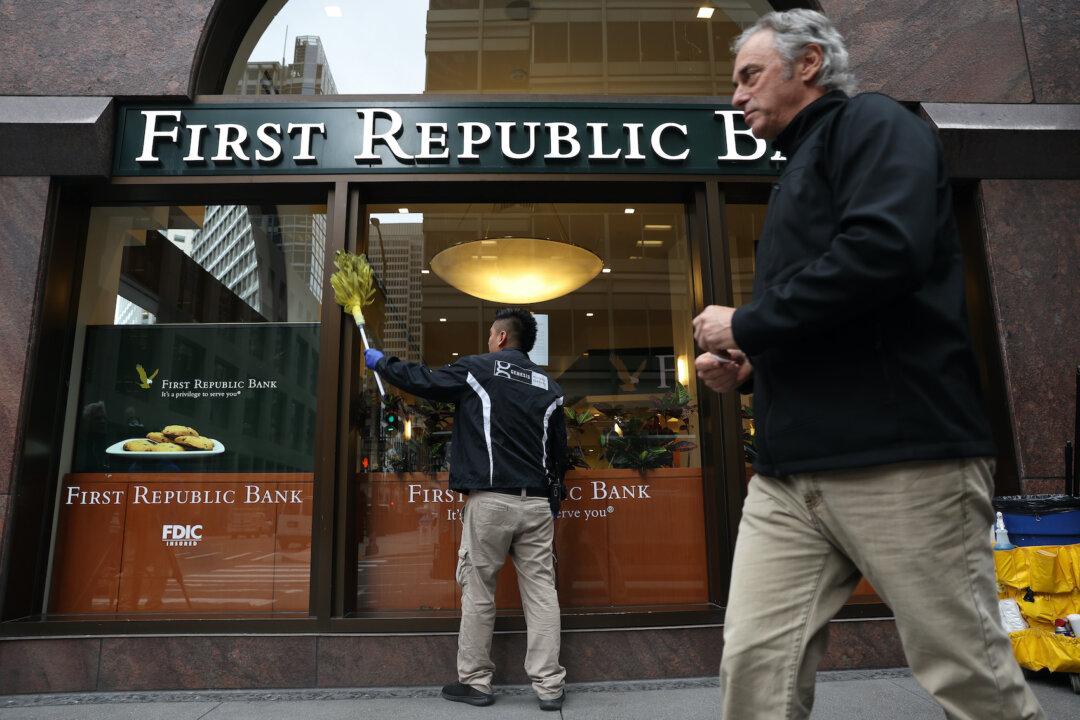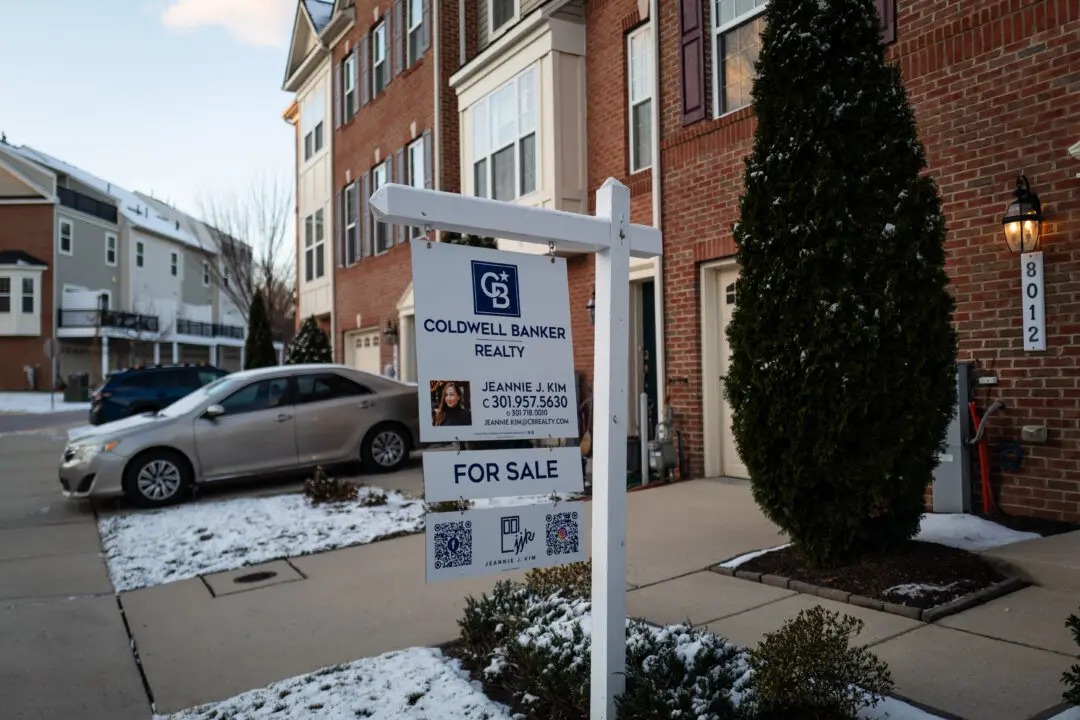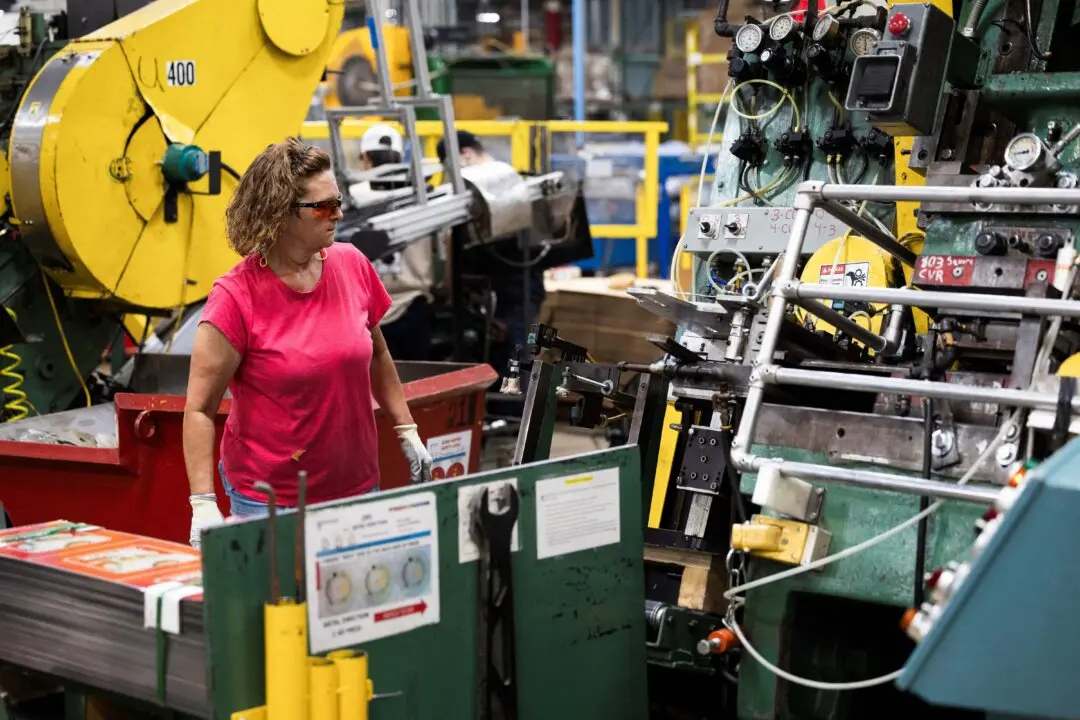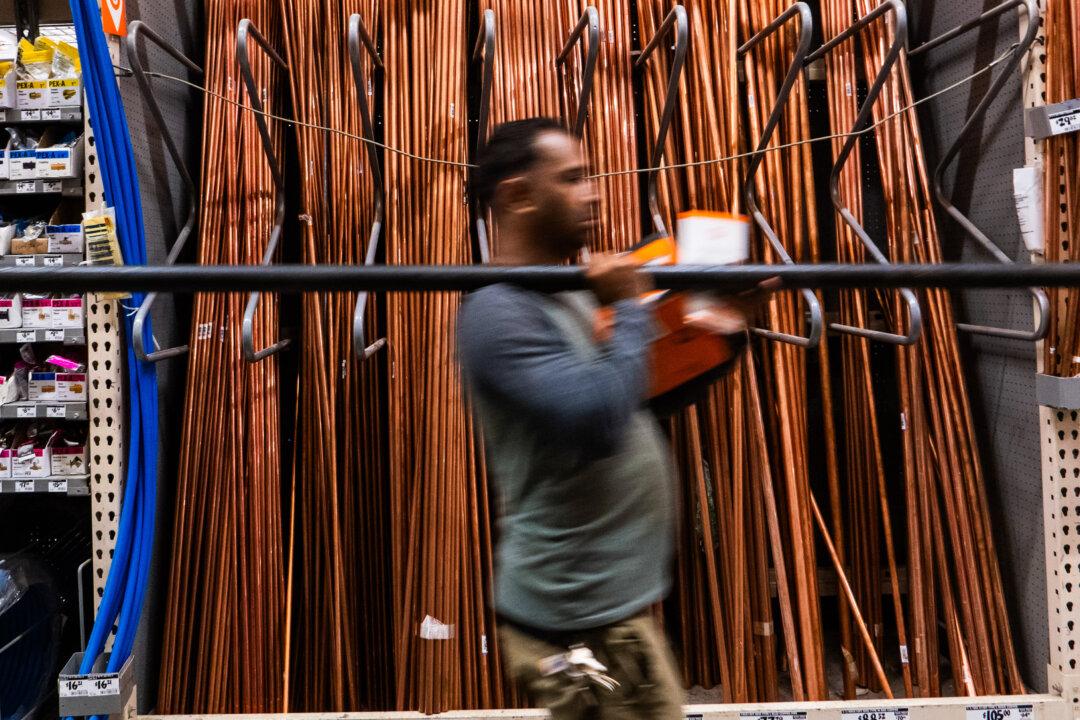JPMorgan Chase will acquire most of First Republic Bank’s assets for $10.6 billion after U.S. regulators seized control of the embattled institution and facilitated its sale over the weekend.
President Joe Biden and JPMorgan Chase CEO Jamie Dimon reiterated that the worst of the crisis is over.





